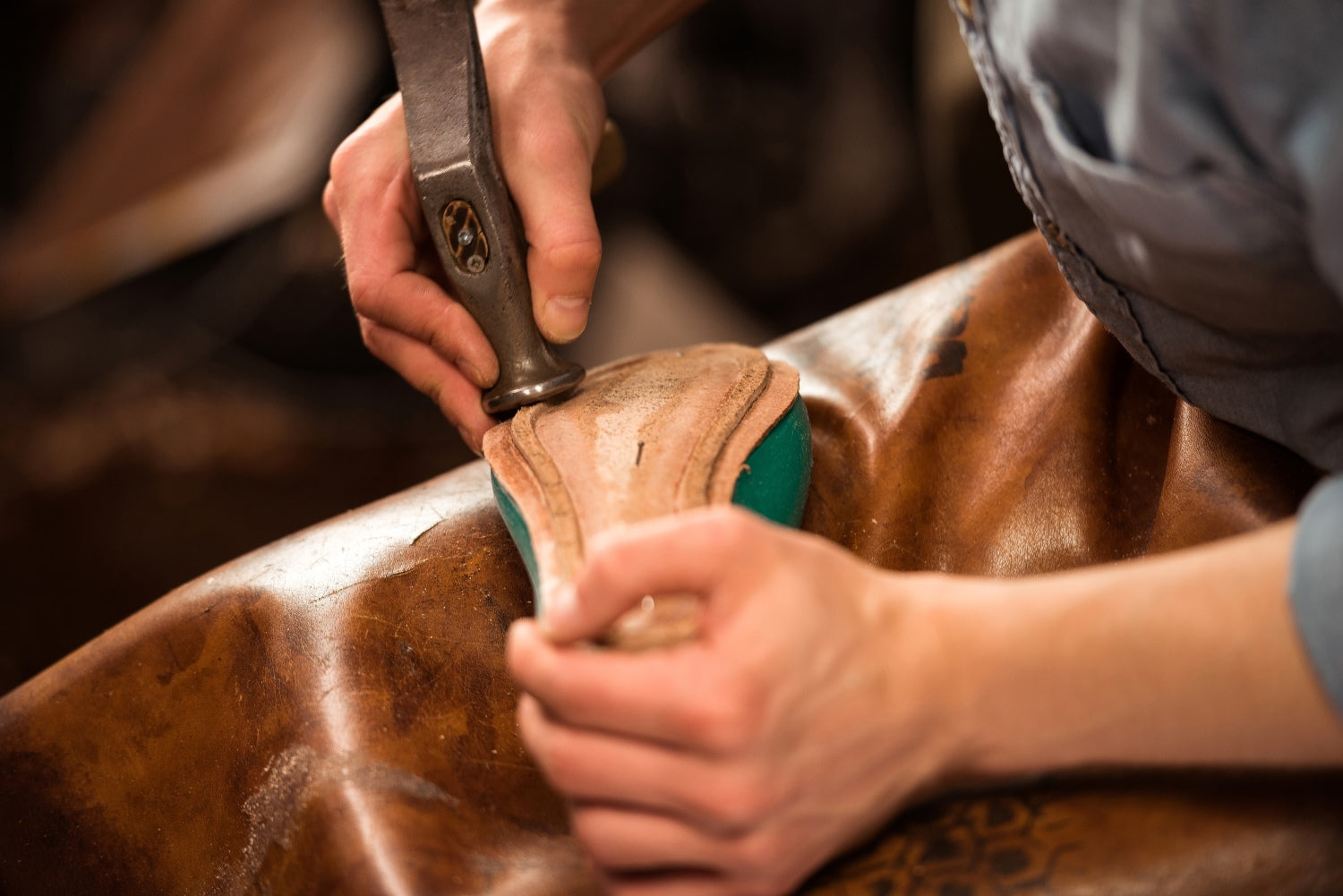Vegan leather, a term on the rise, has sparked interest in both the fashion industry and among conscientious consumers seeking cruelty-free and environmentally conscious alternatives to animal-derived materials. Vegan leather-based products are spreading in the market like wildfire.
But what exactly is vegan leather?
How is it made?
And what are its benefits and drawbacks?
Let's answer this for once and for all - as we delve into the world of vegan leather, dissect its types, examine its environmental and ethical impacts, and discover where to find these sustainable alternatives.
Unveiling Vegan Leather
Vegan leather, also known as faux leather, synthetic leather, or leatherette, imitates the look and feel of traditional animal leather. However, it's crafted from either artificial or plant-based sources, steering clear of animal-derived materials. Versatile and affordable, vegan leather finds its place in a myriad of products like clothing, accessories, furniture, and even car interiors.
The Crafting Process
Two primary categories define vegan leather: plastic-based and plant-based.
Plastic-based faux leather, the most prevalent, is derived from synthetic polymers like polyvinyl chloride (PVC) and polyurethane (PU). These polymers, sourced from petroleum, get mixed with plasticizers and other chemicals, forming a flexible, robust material. This material then coats or laminates a fabric base—nylon, polyester, or cotton—and is textured to mimic animal leather.
On the other hand, plant-based vegan leather, a more innovative approach, uses natural and renewable materials such as pineapple leaves, cork, kelp, apple peels, or remnants from wine-making. Processed and treated, these materials yield a leather-like substance attached to fabric or paper backing. This approach touts eco-friendliness and biodegradability, often sporting unique features like distinct textures, colors, and patterns.
Which one is better?
Not every vegan thing is good for nature. Let’s see what the PU vegan leather industry hides from you.
Plastic-based vegan leather has several disadvantages for the environment, such as:
- It consumes a lot of energy and resources, emits harmful toxins and greenhouse gases, and creates non-biodegradable waste during production.
- It releases microplastics that can pollute the water and soil, and harm the wildlife and human health, during use and disposal.
- It is less breathable and comfortable than animal leather, and can cause sweating, irritation, or allergies.
- It is less authentic and aesthetic than animal leather, and can look and feel artificial or cheap.
One the other hand. plant-based vegan leather has several advantages for the environment, such as:
- It uses waste materials that would otherwise be discarded, and reduces the demand for animal leather and plastic-based vegan leather.
- It is biodegradable and compostable, and does not produce microplastics or toxic chemicals, during use and disposal.
- It is more breathable and comfortable than plastic-based vegan leather, and does not cause sweating, irritation, or allergies.
- It is more authentic and aesthetic than plastic-based vegan leather, and has a natural texture, patina, and character.
However, plant-based vegan leather also has some limitations and challenges, such as:
- It is less available and accessible than plastic-based vegan leather, and may have higher costs and lower durability.
- It may require additional treatments or coatings to enhance its water resistance, strength, and longevity.
- It may have inconsistent quality and performance, depending on the source and processing of the materials.
- It may have ethical issues, such as land use, water consumption, and labor rights, depending on the origin and production of the materials.
Mapping the pros and cons of vegan leather
Vegan leather, in general, comes with its own set of pros and cons:
Pros:
- Cruelty-Free: It sidesteps animal suffering and death, aligning with an ethical, animal-friendly ethos.
- Affordability and Accessibility: It's more cost-effective and easier to produce and distribute than traditional leather.
- Versatility: Available in various hues, styles, and designs, catering to diverse products and needs.
- Durability: Resistant to cracking, fading, or staining, and adept at withstanding water, heat, and abrasion.
Cons:
- Breathability: Lacks pores or natural fibers, potentially causing discomfort or allergies due to reduced breathability.
- Sustainability: Plastic-based vegan leather consumes significant energy and resources, emits toxins and greenhouse gases, and generates non-biodegradable waste.
- Aesthetic Appeal: Lacks the natural texture, patina, or character of animal leather, sometimes appearing artificial or lacking in authenticity.
Wrapping it up
Although it avoids the gory bloodbath of genuine animal leather, it comes with a cost. Plastic-based PU leather, while widely available, poses significant environmental challenges. Its production consumes copious energy and resources, emitting harmful toxins, greenhouse gases, and yielding non-biodegradable waste. Microplastic release during usage and disposal further jeopardizes ecosystems and human health.
On the contrary, plant-based vegan leather champions sustainability. Utilizing waste materials and steering clear of harmful byproducts, it embraces biodegradability and offers enhanced breathability and natural aesthetics. However, it contends with issues of availability, higher costs, and potential ethical considerations depending on material origins and processing.
In the pursuit of sustainability, understanding these nuances helps make informed choices about the materials we embrace in our daily lives. The realm of vegan leather, with its evolving innovations and conscious efforts, presents a spectrum of options—each with its own blend of virtues and trade-offs.
So now the choice is ours, as fashion is not about what others are doing, it’s about you feel right and a way of expressing yourself.


